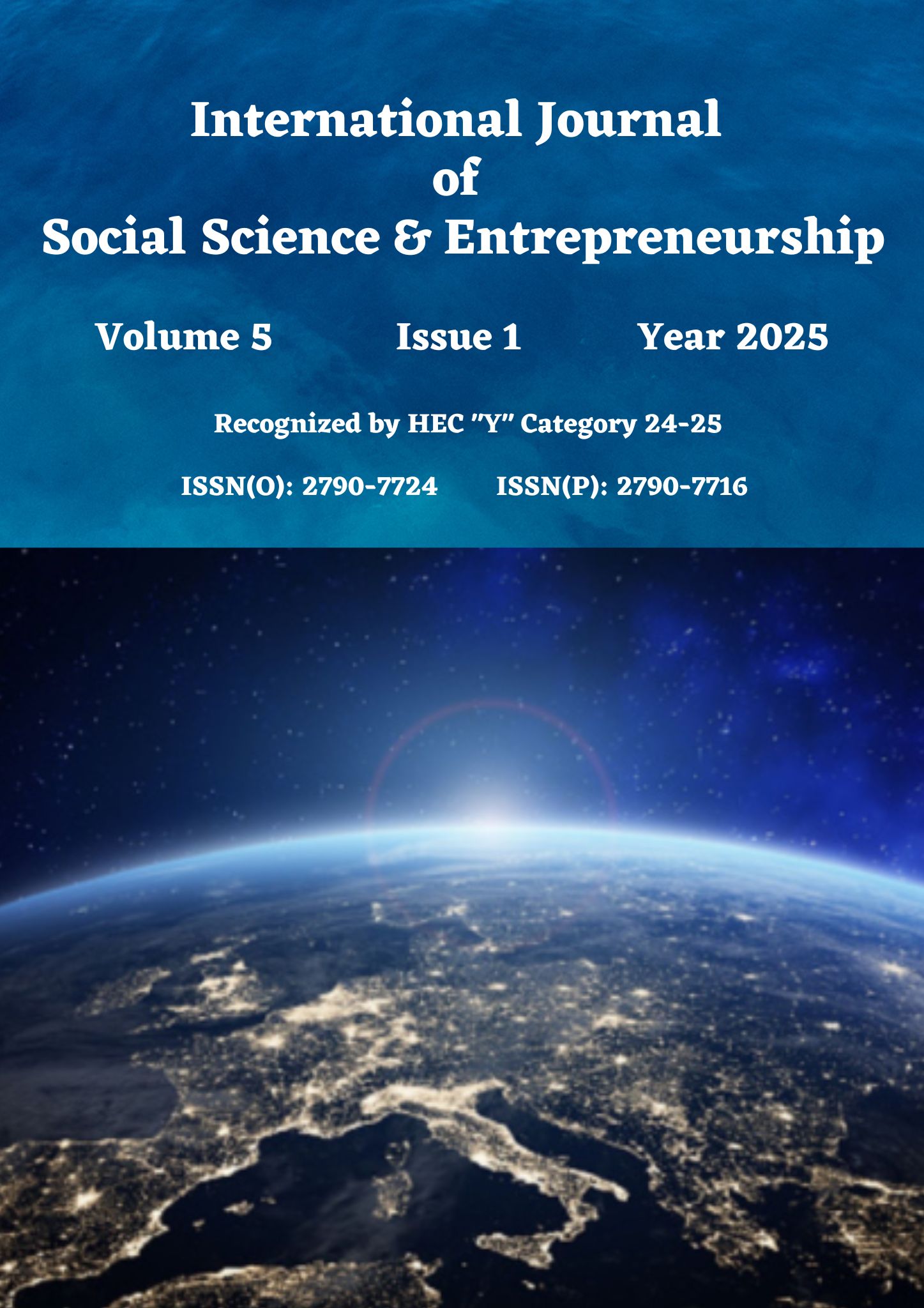Investigating the Application of Epstein’s Parental Involvement Model and its Impact on Student Achievement in District Pishin
DOI:
https://doi.org/10.58622/v24akn37Keywords:
Parental Involvement, Epstein Model, School Home Communication, Socioeconomic barriers, Community CollaborationAbstract
This study has examined the application of Epstein’s Parental Involvement Model in the context of the secondary schools in District Pishin, Balochistan. The study has evaluated the multiple aspects of parental involvement, such as communication with the school, helping with study, academic goal setting, encouragement, and the provision of study resources. It has applied a quantitative research methodology whereby the information was gathered from 620 parents and 620 students (310 boys, 310 girls). The study has revolved around the rationale of stratified sampling, whereby the subgroups of a population were distinguished as boys, girls, and parents. The study has assessed each of the six dimensions of the Epstein framework and has determined that the core elements of the model, such as the school-home communication (R = 0.425, p < 0.01) and the supporting parenting practices (R = 0.442, p < 0.01), significantly influence academic achievement. Other factors, such as volunteering (R = 0.340) and decision-making (R = 0.288), have not produced a significant impact due to contextual obstacles like low parental literacy and cultural norms. This concludes that though the model offers a good theoretical source for parental involvement, its practice in the rural areas needs to be very sensitive to the circumstances and resources at hand.









